Pettine – for handmade pasta like in Italy in the 18th century, approx. 20 x 10 cm
56,00 € incl. VAT plus shipping costs
Pettine – for handmade pasta like in Italy in the 18th century, approx. 20 x 10 cm
56,00 € incl. VAT plus shipping costs
Pettine – plus 3 rolling sticks (of different diameters) also called pettine per la pasta or “pasta comb”.
For the production of Gnocchi, garganelli, rigatini, cavatelli, short macaroni (bucatini) and specialties like stangulet a type of pasta from Calabria in the south of Italy.
Board size: approx. 20 x 10 x 1 cm, Since they are all unique pieces, they all turn out a little different!
Material: Bamboo, hemp cords and woods such as elm and fir, as well as beech. The pettine consists of the comb parts of historical looms, supplemented with new beech wood. The 3 rolling sticks made of beech wood. Each pettine is slightly different, the pages have the original old gluing and lacing of the loom combs, these were only added when necessary, because of the historical material that was used, these are a quality feature and not a defect.
Each piece is unique in its aesthetic characteristics to preserve the character of the ancient looms from which they were made.
History of the Pettine: As always, there are several legends, but they are all more or less similar.
Some people read that a cook wanted to make cappelletti (small filled dumplings) for New Year's Eve in the 18th century. There wasn't enough filling, there was still pasta dough left. In order to save the New Year's Eve gala, the cook, in her distress, grabbed the squares of pasta dough for the dumplings, along with a round branch, and moved into the weaving room next door. Using the twig, she pulled the dough squares over the comb from the loom. And hey presto, the Garganelli were invented and the loom builders had to build more looms than looms in the future because the looms found huge sales as pasta accessories. Word quickly spread about this practical and inventive method, as the sauce stuck to the pasta particularly well thanks to the fine grooves of the loom comb.
Briefly about the bars: Each pettine includes 3 rods with different diameters, suitable for rolling Garganelli, or the tubular Maccheroni al Pettine, both large and small. The thinnest stick is also suitable for soup noodles.
Notes on surface and care: The pettine were disinfected with a food-safe product. After use - the historical loom comb should be cleaned of flour and residue by hand if possible (brush or brush if necessary). To disinfect, you can use any product that is suitable for food and dries quickly. Please ensure that the pattine is dry and no longer damp before storage.
We have also attached some photos of the manufacturing process for you.
Pettine – plus 3 rolling sticks (of different diameters) also called pettine per la pasta or “pasta comb”.
For the production of Gnocchi, garganelli, rigatini, cavatelli, short macaroni (bucatini) and specialties like stangulet a type of pasta from Calabria in the south of Italy.
Board size: approx. 20 x 10 x 1 cm, Since they are all unique pieces, they all turn out a little different!
Material: Bamboo, hemp cords and woods such as elm and fir, as well as beech. The pettine consists of the comb parts of historical looms, supplemented with new beech wood. The 3 rolling sticks made of beech wood. Each pettine is slightly different, the pages have the original old gluing and lacing of the loom combs, these were only added when necessary, because of the historical material that was used, these are a quality feature and not a defect.
Each piece is unique in its aesthetic characteristics to preserve the character of the ancient looms from which they were made.
Please note that the pettine are made from old looms and therefore the woods and the woven fabric look different.
We have attached some item photos so you can see the different wood textures - the selection for your order is random.
History of the Pettine: As always, there are several legends, but they are all more or less similar.
Some people read that a cook wanted to make cappelletti (small filled dumplings) for New Year's Eve in the 18th century. There wasn't enough filling, there was still pasta dough left. In order to save the New Year's Eve gala, the cook, in her distress, grabbed the squares of pasta dough for the dumplings, along with a round branch, and moved into the weaving room next door. Using the twig, she pulled the dough squares over the comb from the loom. And hey presto, the Garganelli were invented and the loom builders had to build more looms than looms in the future because the looms found huge sales as pasta accessories. Word quickly spread about this practical and inventive method, as the sauce stuck to the pasta particularly well thanks to the fine grooves of the loom comb.
Briefly about the bars: Each pettine includes 3 rods with different diameters, suitable for rolling Garganelli, or the tubular Maccheroni al Pettine, both large and small. The thinnest stick is also suitable for soup noodles.
Notes on surface and care: The pettine were disinfected with a food-safe product. After use - the historical loom comb should be cleaned of flour and residue by hand if possible (brush or brush if necessary). To disinfect, you can use any product that is suitable for food and dries quickly. Please ensure that the pattine is dry and no longer damp before storage.
We have also attached some photos of the manufacturing process for you.
| Weight | 0,1 kg |
|---|---|
| Size | 20x10x1 cm |
| Dishwasher safe |
you have to be logged in to be able to give a rating.

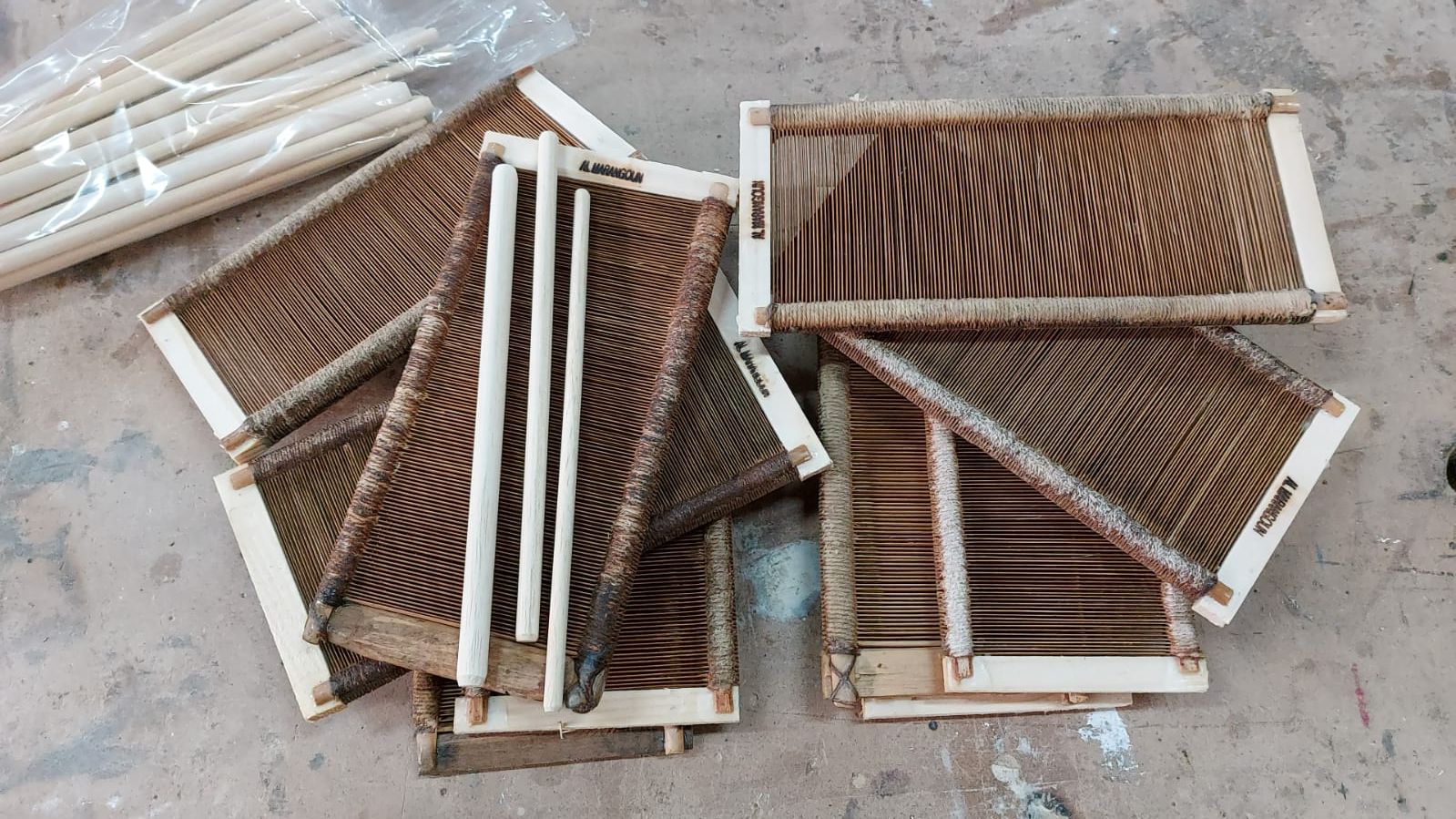
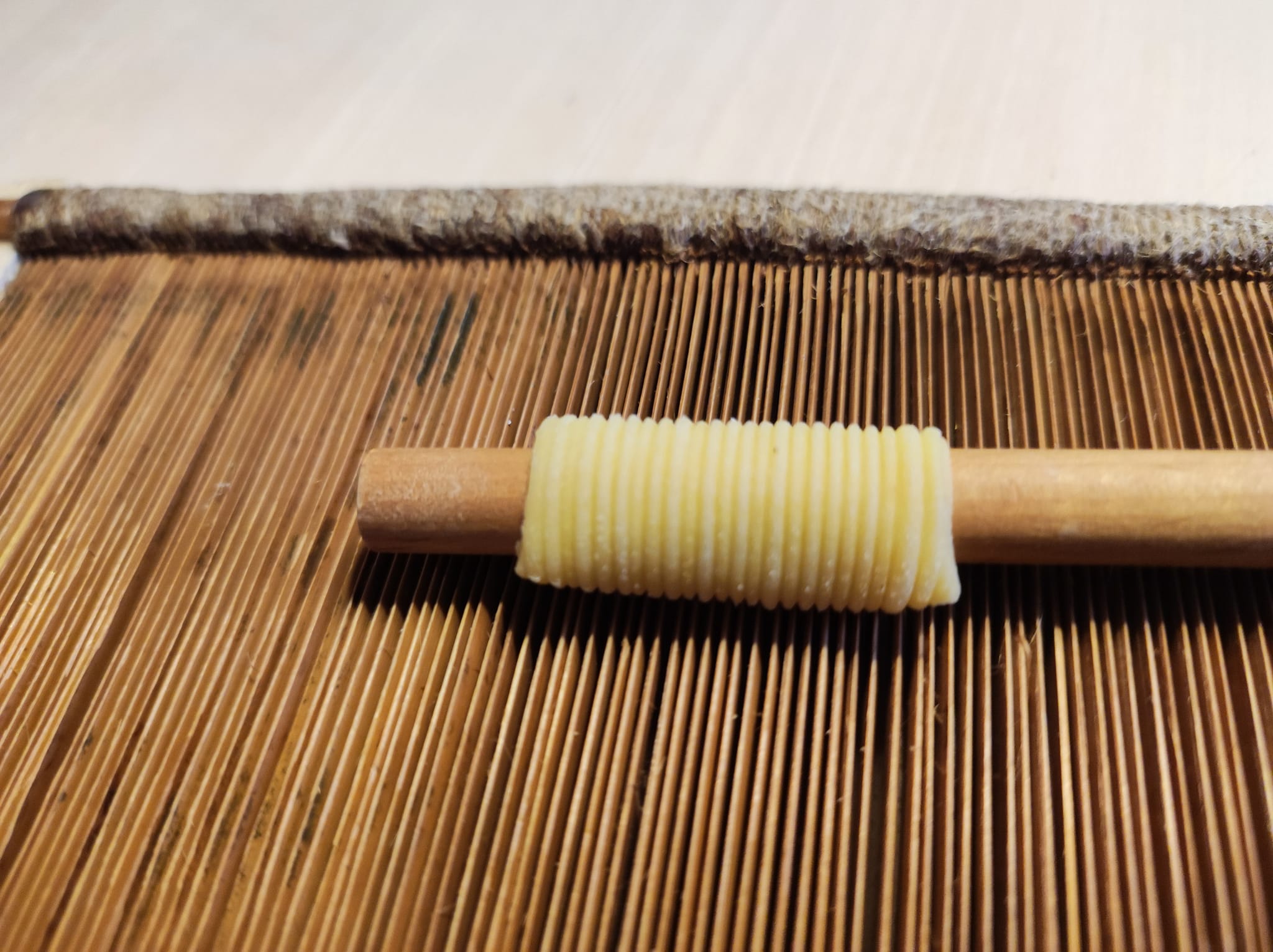
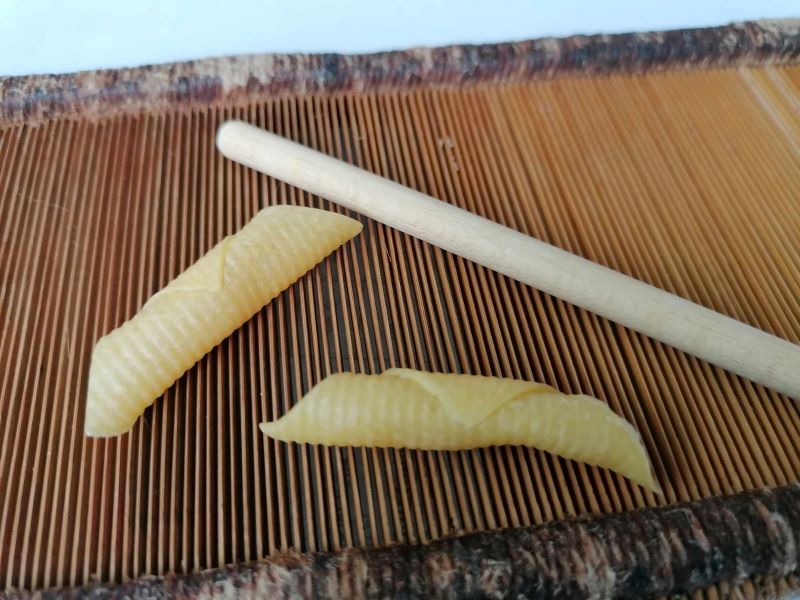
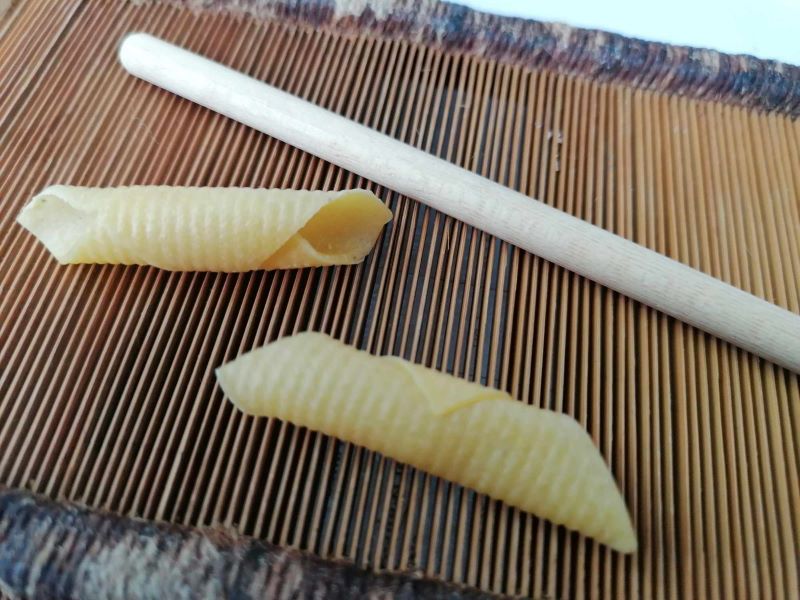
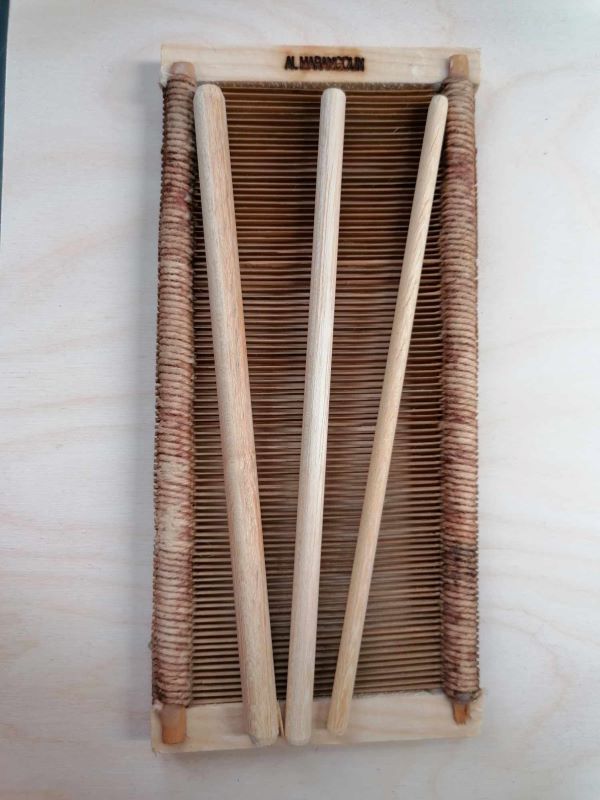
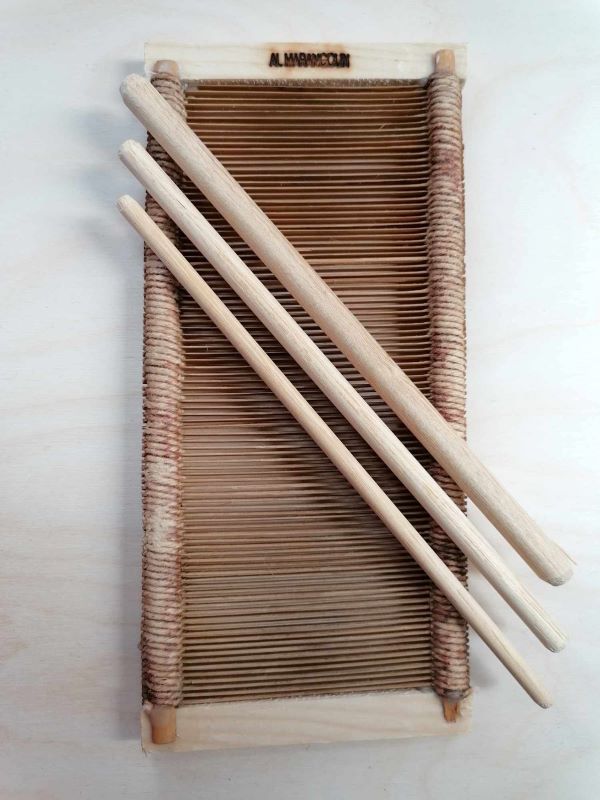
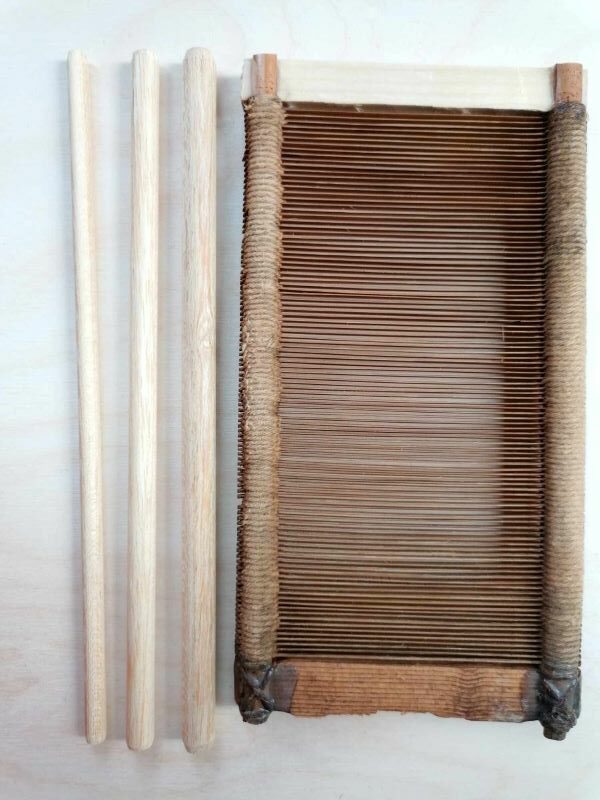
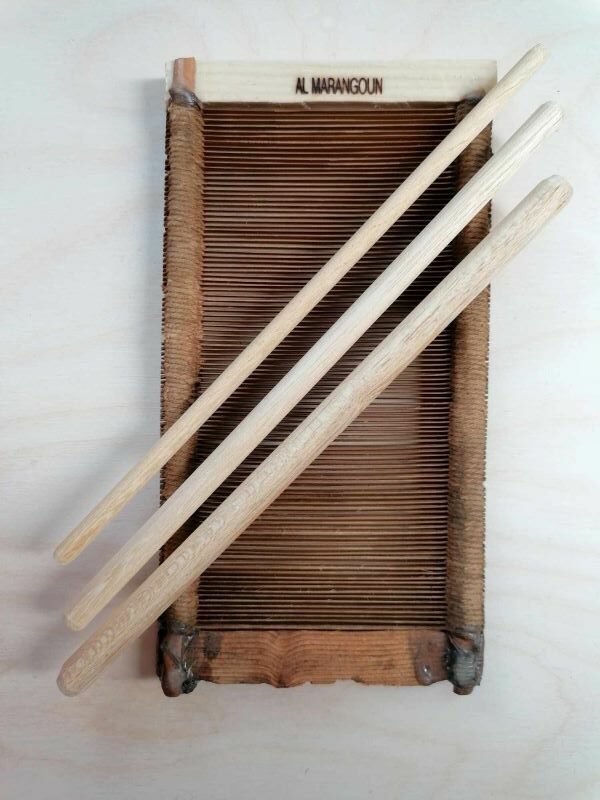
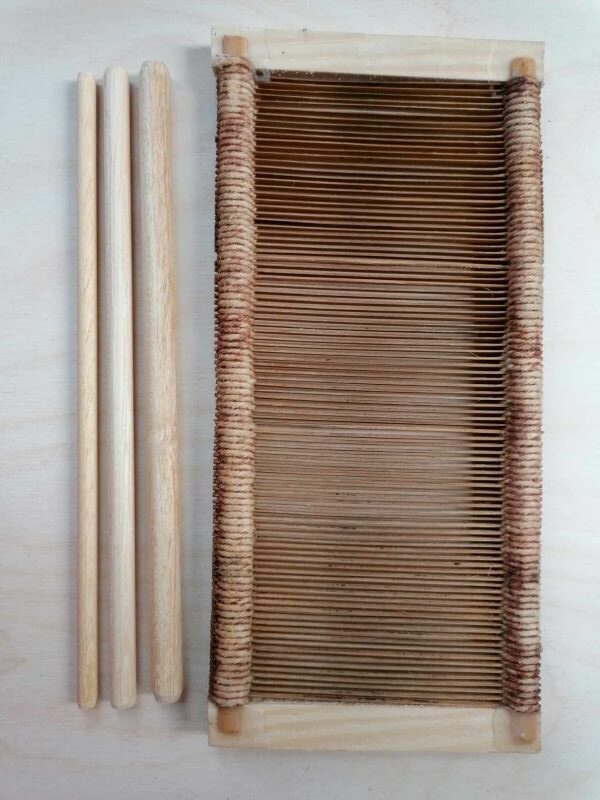
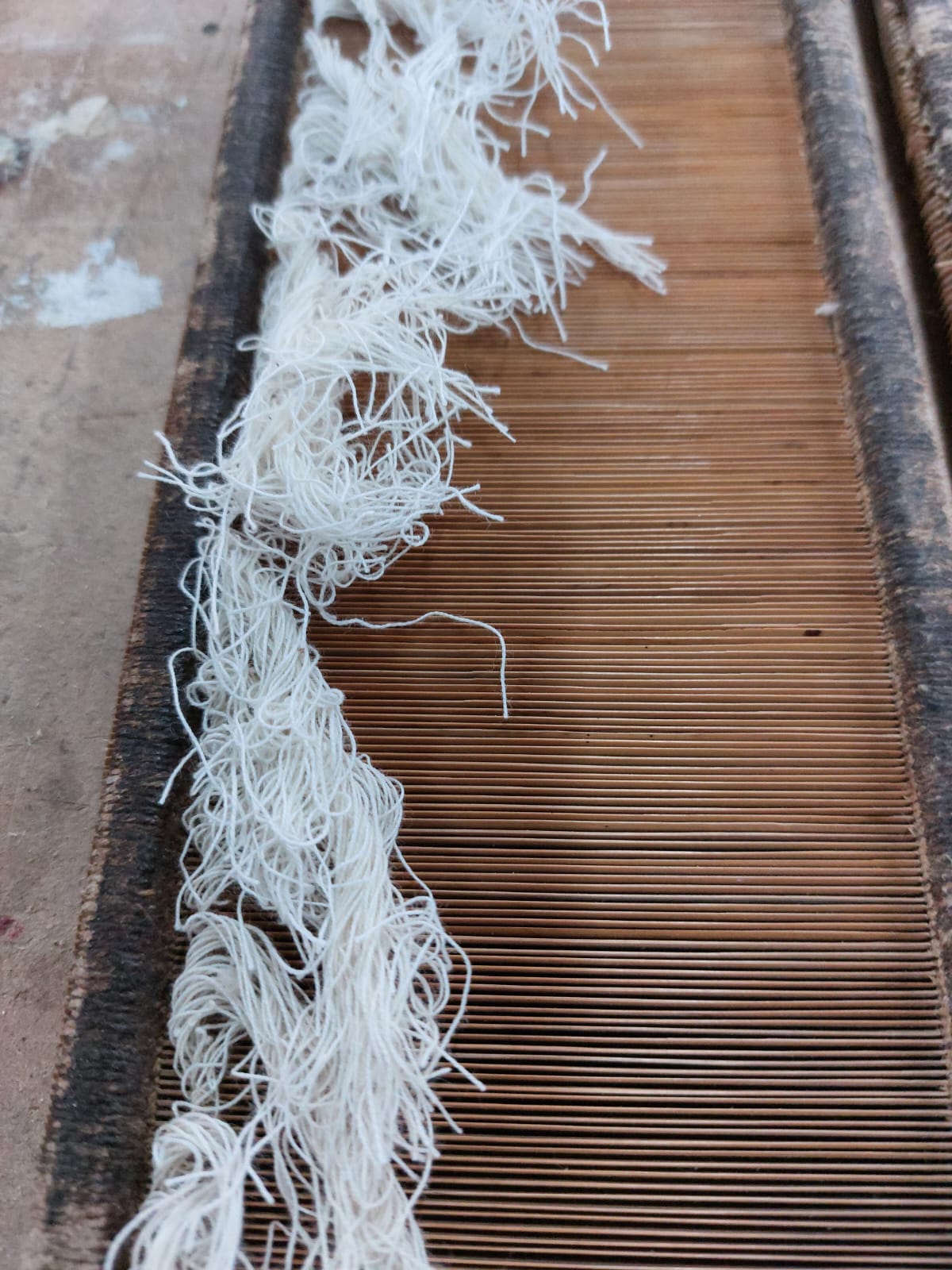
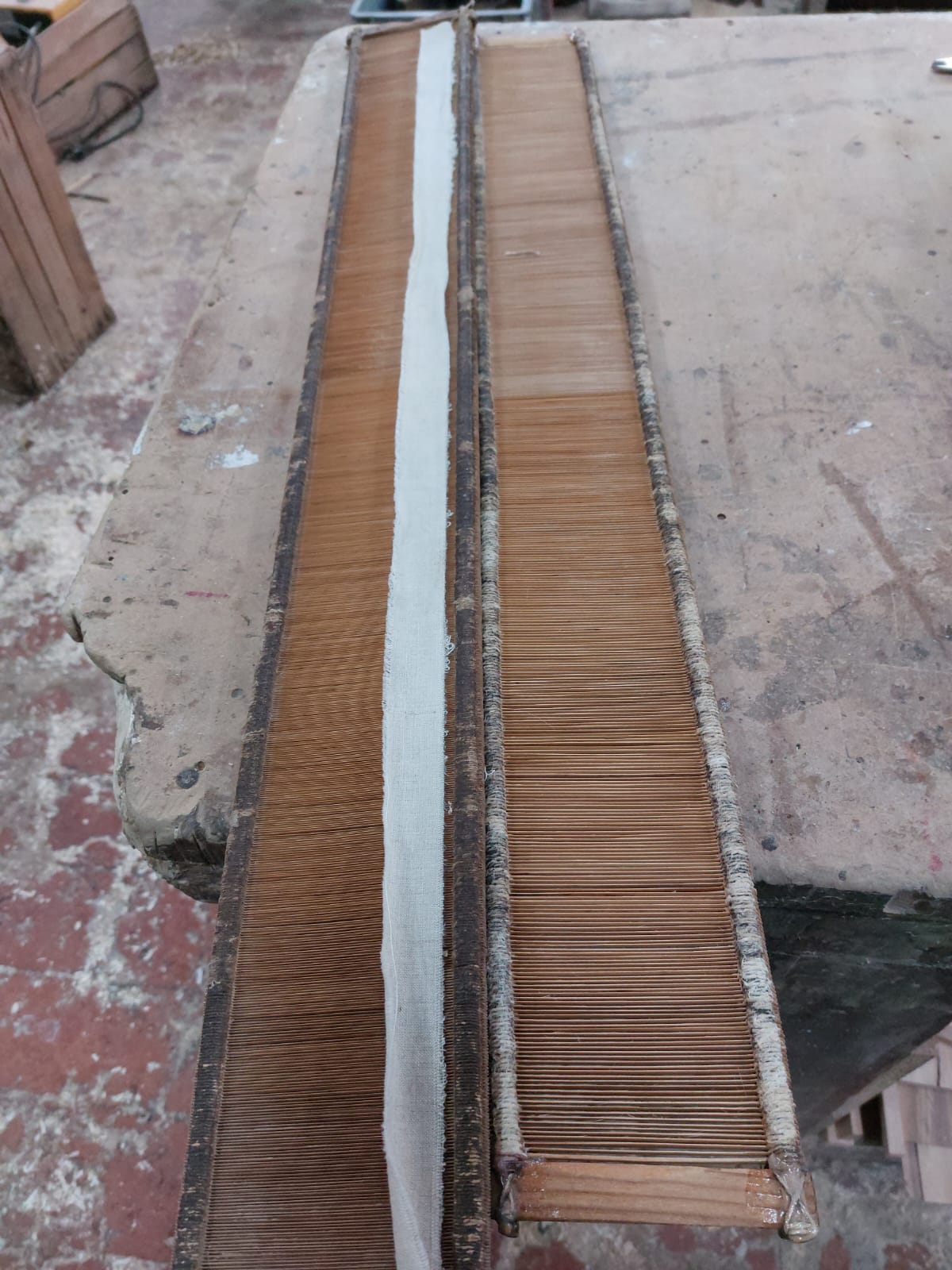
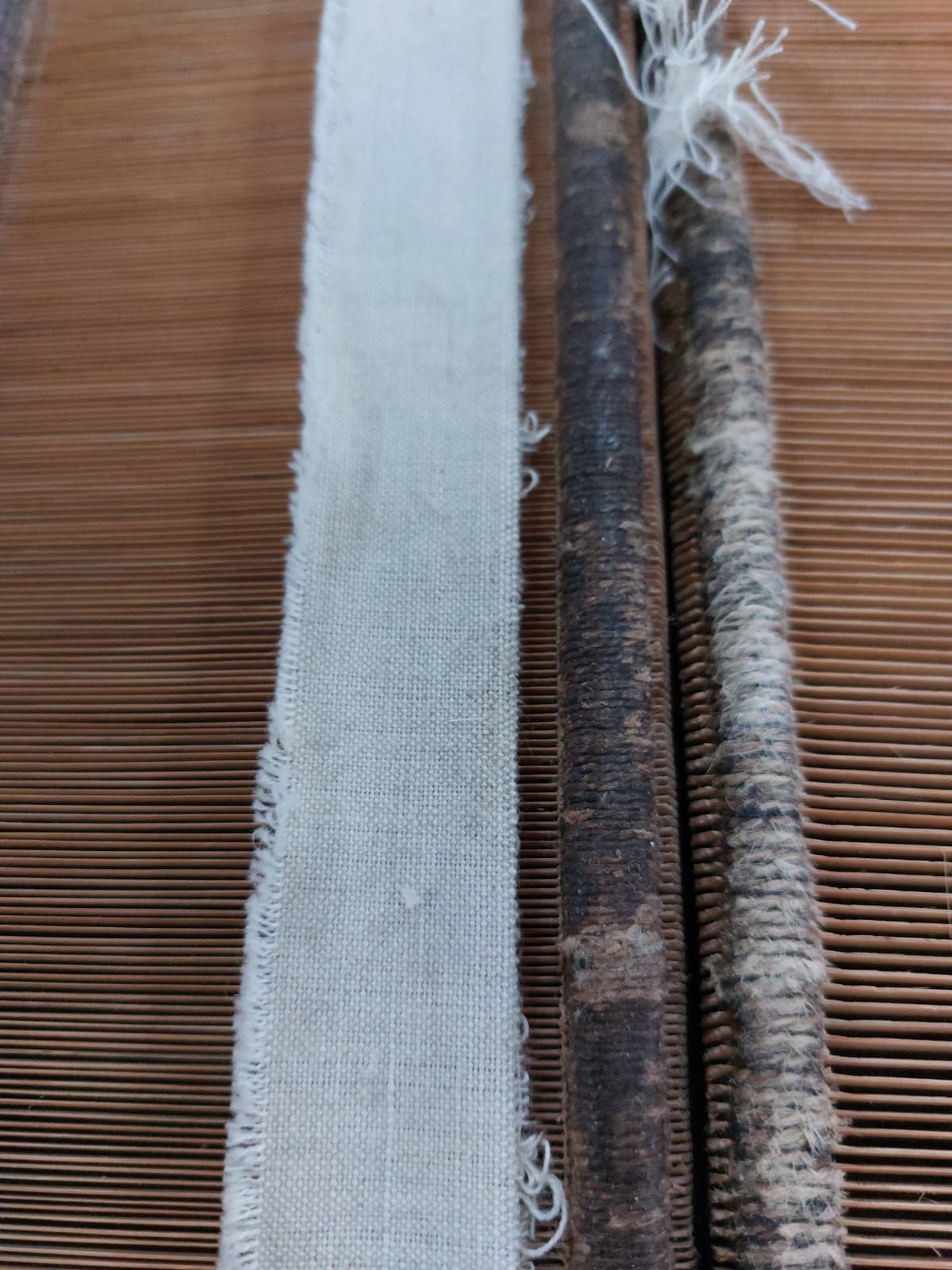
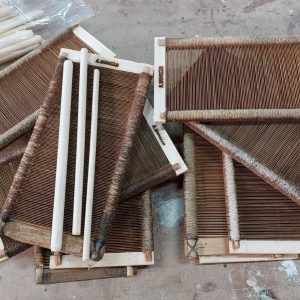
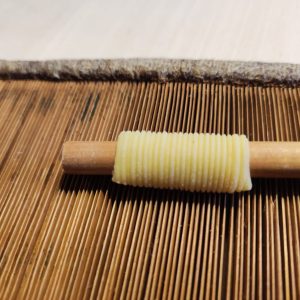
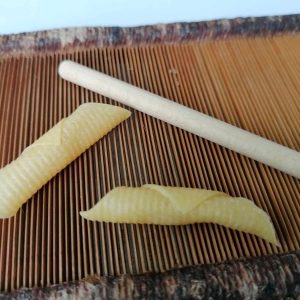
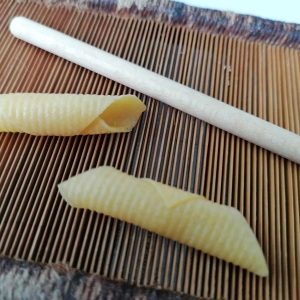
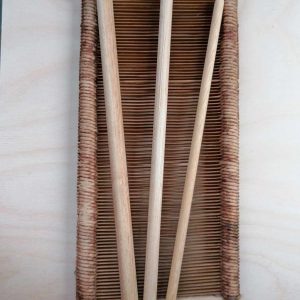
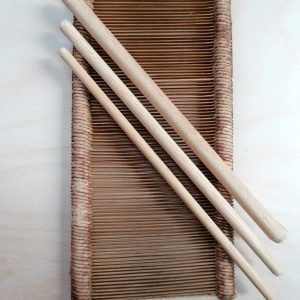
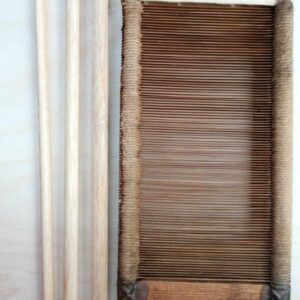
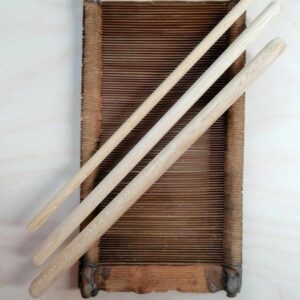
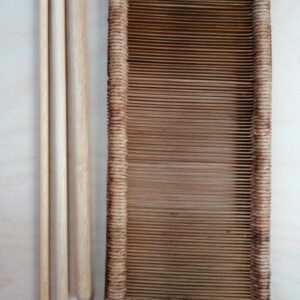
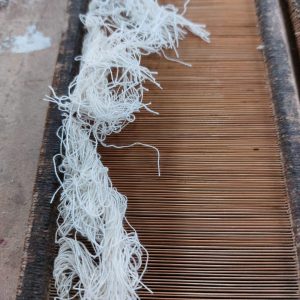
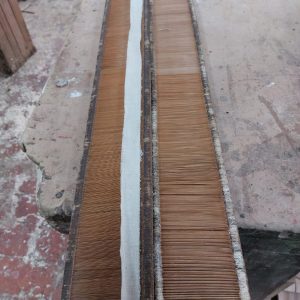
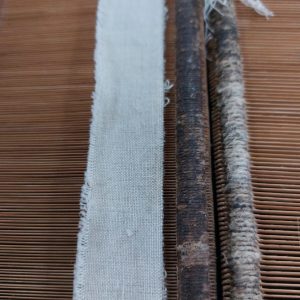
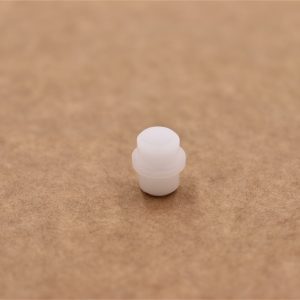
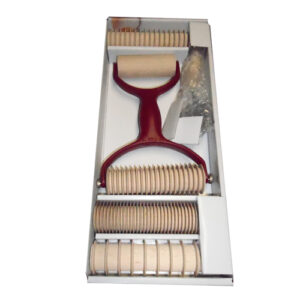
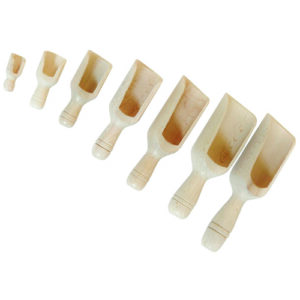

Reviews
There are no reviews.